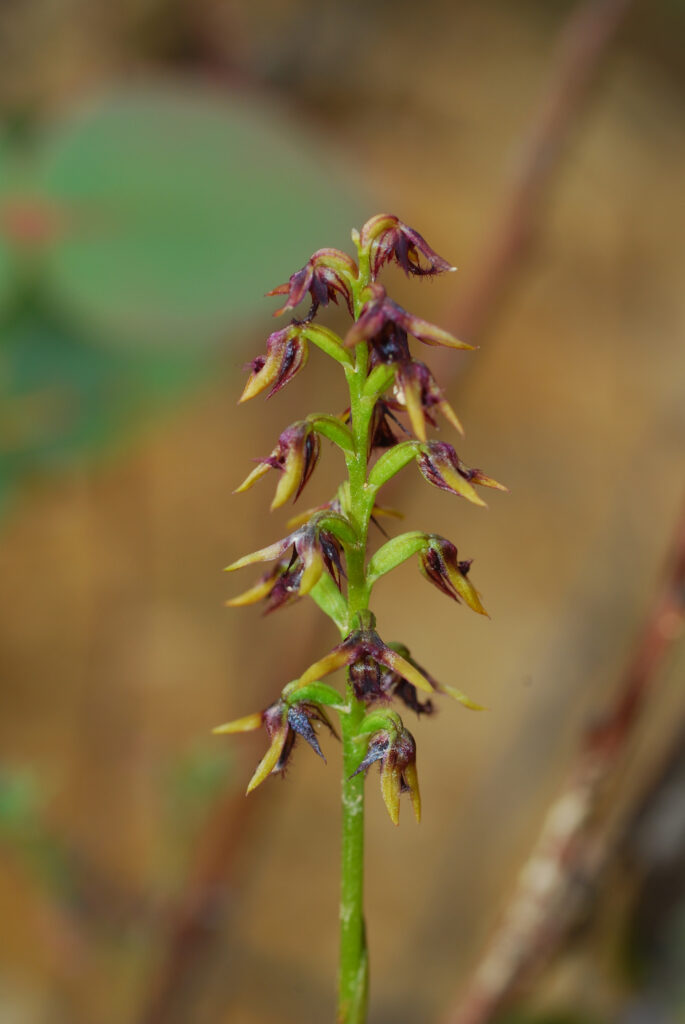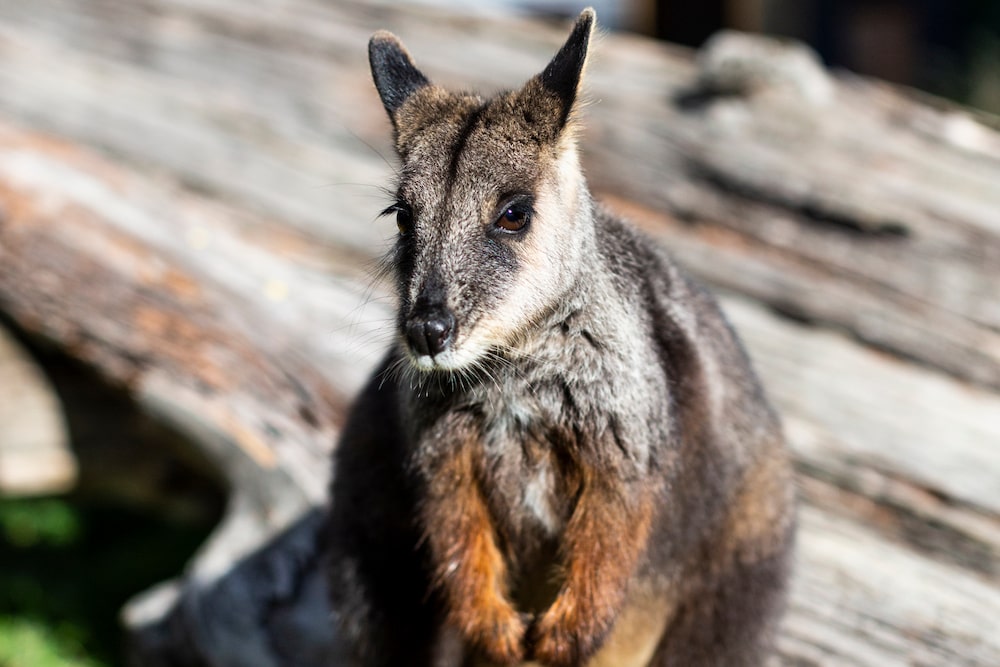The Brindabella midge orchid, a rather dowdy plant, may not be as beautiful as the Japanese white egret or the Central American dove orchids, as unusual as the laughing bumblebee or as risqué as the naked man – but it is one of the rarest flowers in the world, found only in a single location in Namadgi National Park.
The southern brush-tailed rock wallaby is the ACT’s mammal emblem – but it has not been seen in the wild in the ACT since 1959, more than 60 years ago.
These two critically endangered species are clinging precariously onto existence, thanks to ACT Government conservation programs that aim to reintroduce the wallaby into the wild, and to create a stable population for the orchid.
“We want to make Canberra a refuge for plants, animals, and ecological communities devastated by climate change, habitat loss, bushfires, and urban sprawl,” Rebecca Vassarotti, Minister for the Environment, said.
The southern rock-wallaby is the most threatened of Australia’s three types of rock-wallaby; in the ACT they are only found at Tidbinbilla Nature Reserve, while in the wild they live only in two isolated populations of fewer than 30 animals in Victoria.
The rock-wallaby has been hunted for its fur, eaten by introduced predators (particularly red foxes), and competed with introduced herbivores, while its habitat has largely disappeared because of climate change.

A breeding program aims to improve the rock-wallabies’ genetic robustness and provide founding animals for Jedbinbilla, a 120-hectare, predator-free exclosure at Tidbinbilla Nature Reserve, where 200 of the creatures will live undisturbed.
Jedbinbilla is expected to open next year, and the breeding program will be completed in two years, but it will be some time before numbers grow to the point where the rock-wallaby can be reintroduced into the wild. Jedbinbilla will be closed to the public.
The midge orchid is only known to exist in one site in the Brindabella Range. “We need to protect this species before we lose it forever,” Ms Vassarotti said.
Conservationists have protected the flowers and habitat from erosion, roadwork, invading shrubs and weeds, herbicide, and illegal collectors for 11 years, while a seed bank will be set up at the Australian National Botanic Gardens.
Five-yearly progress reports were published this week:
Helen Oakey, executive director of the Conservation Council ACT Region, praised the Government’s efforts to protect the orchid and rock-wallaby.
“It’s clear that the future of these endangered species in the ACT is so fragile, but action taken by the Government to give them hope of survival is welcome.”
Ms Oakey feared more species would face extinction over the next decade, due to climate change, bushfires, or invasive species. (Rare orchids were, however, seen after last year’s bushfires.) The Government needed to manage cats, wild dogs, deer and foxes, and ensure that when planning new suburbs there is space to plant large trees and have connected green space through urban areas so native species struggling to adapt to new conditions can find new habitats.
“Otherwise, sadly, the southern brush-tailed rock-wallaby’s story will become more and more common.”



